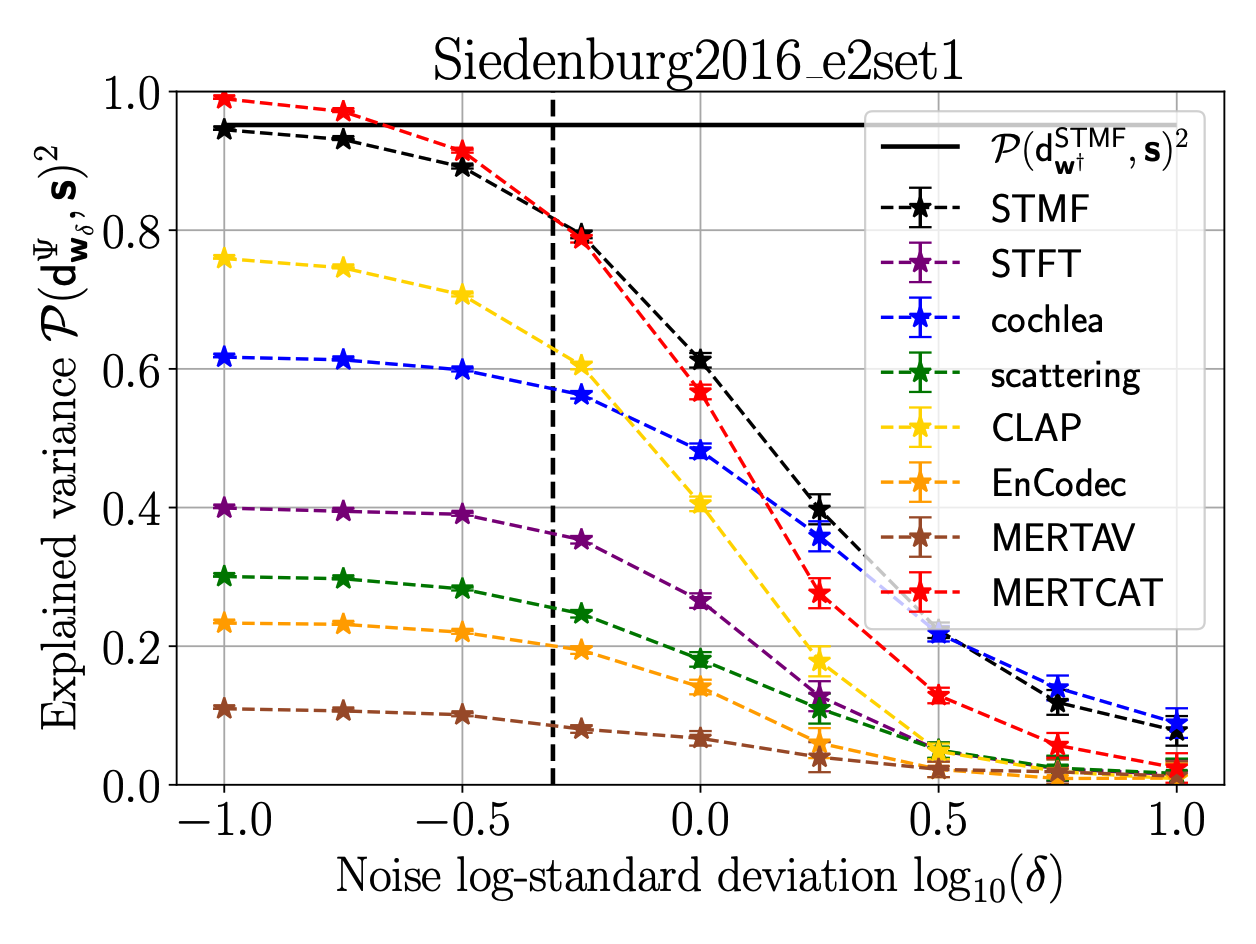
On the Robustness of Musical Timbre Perception Models: From Perceptual to Learned Approaches
Communications dans un congrès
Auteurs : Barbara Pascal, Mathieu Lagrange.
Conférence : 32th European Signal Processing Conference (EUSIPCO)
Date de publication : 2024
Audio timbre perceptionDistance metric learningTime/frequency analysisScattering transformSpectrotemporal modulationsDeep neural networksDeep embeddingsRobustness analysis